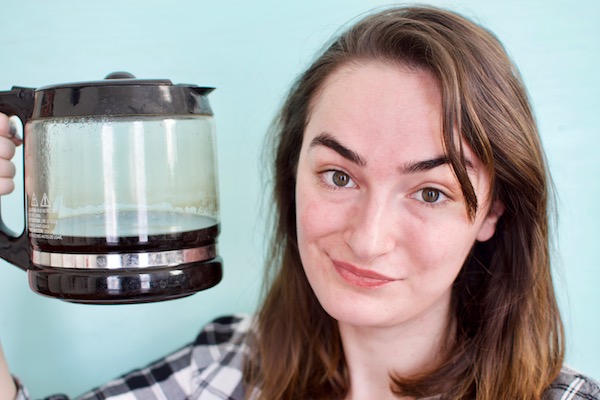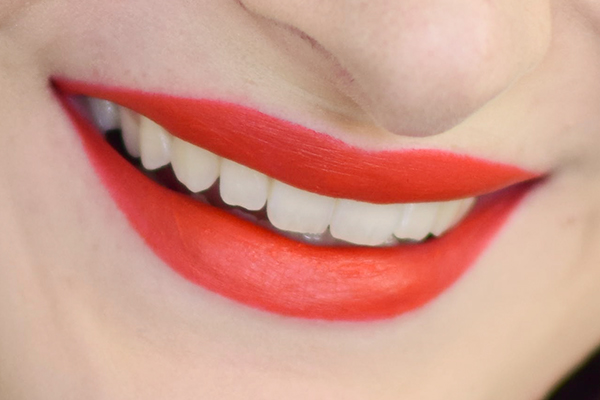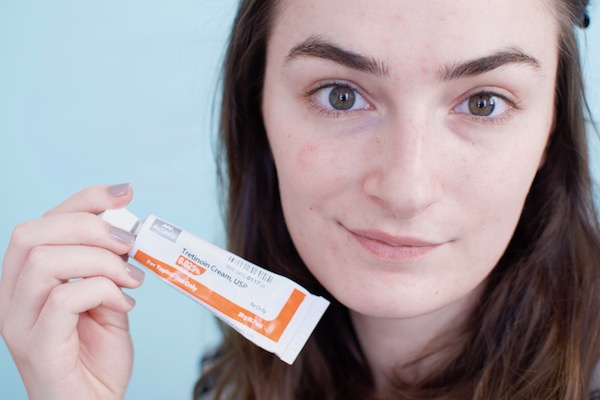Cryosurgery for warts may be the best way to get rid of the most unsightly problem.
Did you know that roughly 7 to 12% of the people in the world are affected by warts? In school aged children, that number rises from 10 to 20%. That’s a lot of people trying to deal with warts that have the potential to spread and leave people pretty uncomfortable during the healing process.
It’s also no secret that warts can be incredibly stubborn and difficult to get rid of. There are several slow-working ways to deal with them at home, but often by the time one wart is gone another (or several) pops right up. If you’re serious about getting rid of your warts once and for all, it may be a good idea to consider cryosurgery for warts.
What is Cryosurgery?
Cryosurgery for warts is actually fairly simple:
Step 1: Freeze the wart. Doctors will apply liquid nitrogen using a cotton swab, a cryoprobe, or a liquid nitrogen spray. This causes the wart itself and the affected tissue to freeze. The freezing process leads to dermoepidermal separation (literally meaning the separation of the layers of skin), which makes it much easier to remove the wart without scarring.
Step 2: Remove the wart. The doctor will usually use a small scalpel to cut the wart free of your skin, and voila, you are wart-free. It sounds painful but it usually isn’t.
For getting rid of warts, this is very possibly the most effective treatment to consider. The treatment process involves:
- Application of an anesthesia to numb the pain
- Application of the liquid nitrogen (usually for no more than 30 to 60 seconds)
- The removal of the wart
- Application of medicated ointment or cream to prevent infection and numb the pain.
- Bandaging.
It’s a very short procedure, and one that can be done in a matter of a few minutes–no more than half an hour for the entire process.

READ MORE: 10 Home Medicine Ideas from Italian Grandmothers
What You Need to Know
According to Joshua Zeichner, MD, Assistant Professor of Dermatology at Mount Sinai Hospital in New York City, there are two theories on why cryotherapy for warts works:
- The cold temperature physically kills skin cells infected with the wart-causing virus.
- Killing the skin cells (using the freezing) with the virus stimulates an immune response, causing your immune system to recognize the virus and fight it off.
Either way, the wart-causing virus is dealt with, and you are left with skin that is clear and free of any warts. Thanks to the cryosurgery, the risk of the wart returning in that spot is incredibly low.
Now, an important question to ask is ‘Can it be used on all warts, or does it just work on warts of a certain size?’ Dr. Zeichner says, “It can be used on all warts, but it should be used cautiously because it can result in scarring and white spots.”
Cryosurgery freezes your skin, killing off all the skin cells where the liquid nitrogen is applied. This damage to your skin can cause scar tissue to form. Those who are worried about the appearance of their skin need to understand that there are potential side effects. Because few people are worried about the appearance of the bottoms of their feet or palms of hands, this treatment is an especially good idea for those affected areas.
“You feel a burning sensation during the freezing, following by throbbing for about an hour or two. Over the next few days, usually a blister forms, which will subsequently dry up and the dead skin will peel off. In some cases, the blister will need to be drained if large or painful.”
Medical insurance typically covers the procedure, making it even more appealing for the average wart-afflicted person.
Note: Immune-suppressed patients (such as those on medications or with HIV) may not heal as quickly, and thus may be a bit harder to treat.








